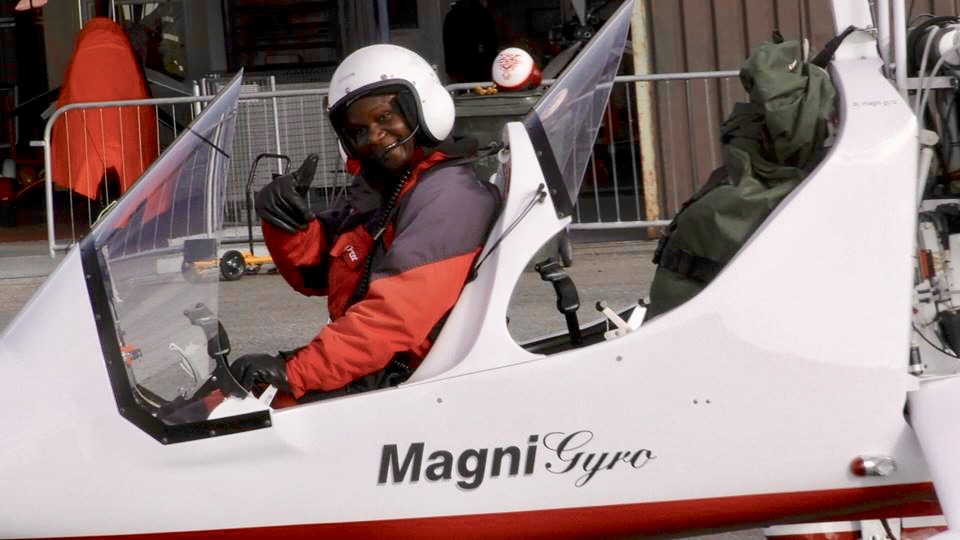Construction of Tree Nursery at Wildife Works HQ May 2010
By Jamie Hendriksen, Operations Manager
During the month of May 2010, Wildlife Works requested a call for partnership with local surrounding communities, the aim of which is to purchase up to 40,000 indigenous trees. It was decided that the construction of two new tree nurseries would be facilitated, in order to accommodate the seedlings provided by the local communities.
Due to the persistent water deprivation issues in the area, it was decided to locate the two new tree seedling nurseries on Rukinga Ranch alongside the existing tree nursery. This would ensure a reliable water source for the seedlings, from the nearby Mzima pipeline, and allow them to be nurtured to a healthy size before being planted out in the surrounding areas.
The construction of the two nurseries began on the 18th of June 2010, and fourteen local craftsmen have been working steadily on the project since then. The first nursery was completed by the 10th of July 2010 ready to accommodate the initial purchase of 15,000 indigenous tree seedlings
The project is progressing well, and the final touches to the nurseries should be in place by the end of July 2010.
The roof of the nurseries is constructed from 60% shade-net, to afford the seedlings ample shade from the sun. Each of the nursery shades is suspended from highly tensioned wire and steel posts, and covers an area of 1,424 square feet.
The total area of the new seedling nurseries combined, therefore gives us 2,848 square feet of shade.
Over 5,000 stabilized mud bricks were pressed, to make the holding furrows for the seedlings.
The mud brick furrows were then plastered to protect them from irrigation over the years, some 2,560 feet of plastering
Water is being plumbed in from two storage tanks, and the entire tree nursery had to be chain link fenced, to prevent possible seedling damage from Dik- Diks and other herbivores.
The final result will be enough protected space to nurture up to 50,000 indigenous seedlings at any one time, and a create a significant impact in the reforestation of the Kasigau Corridor.






